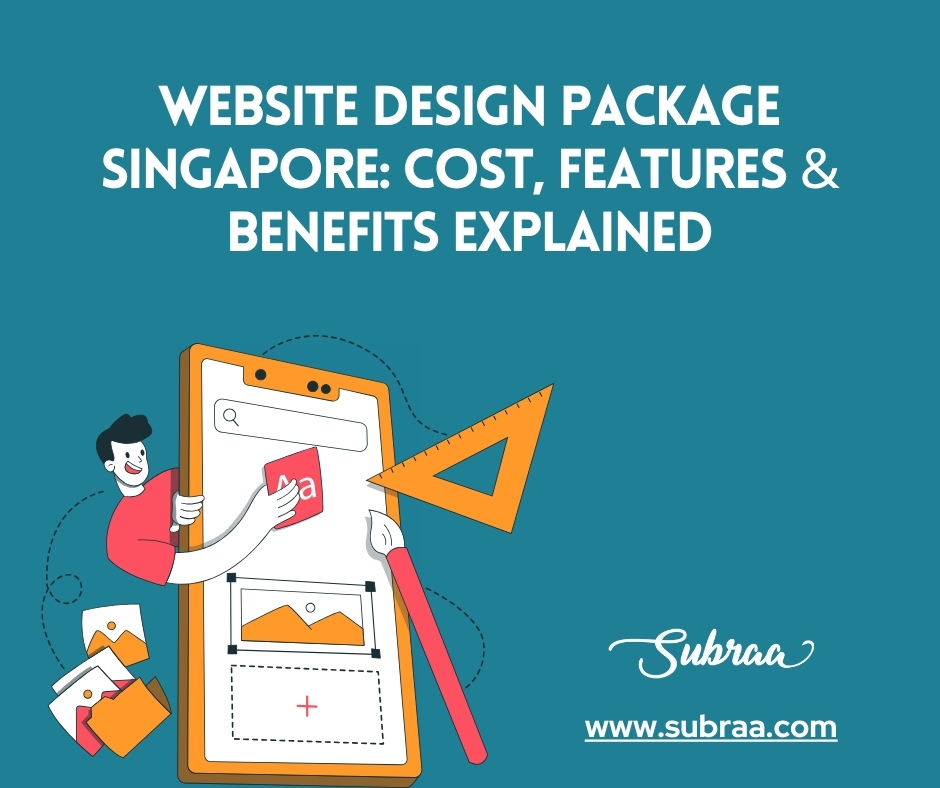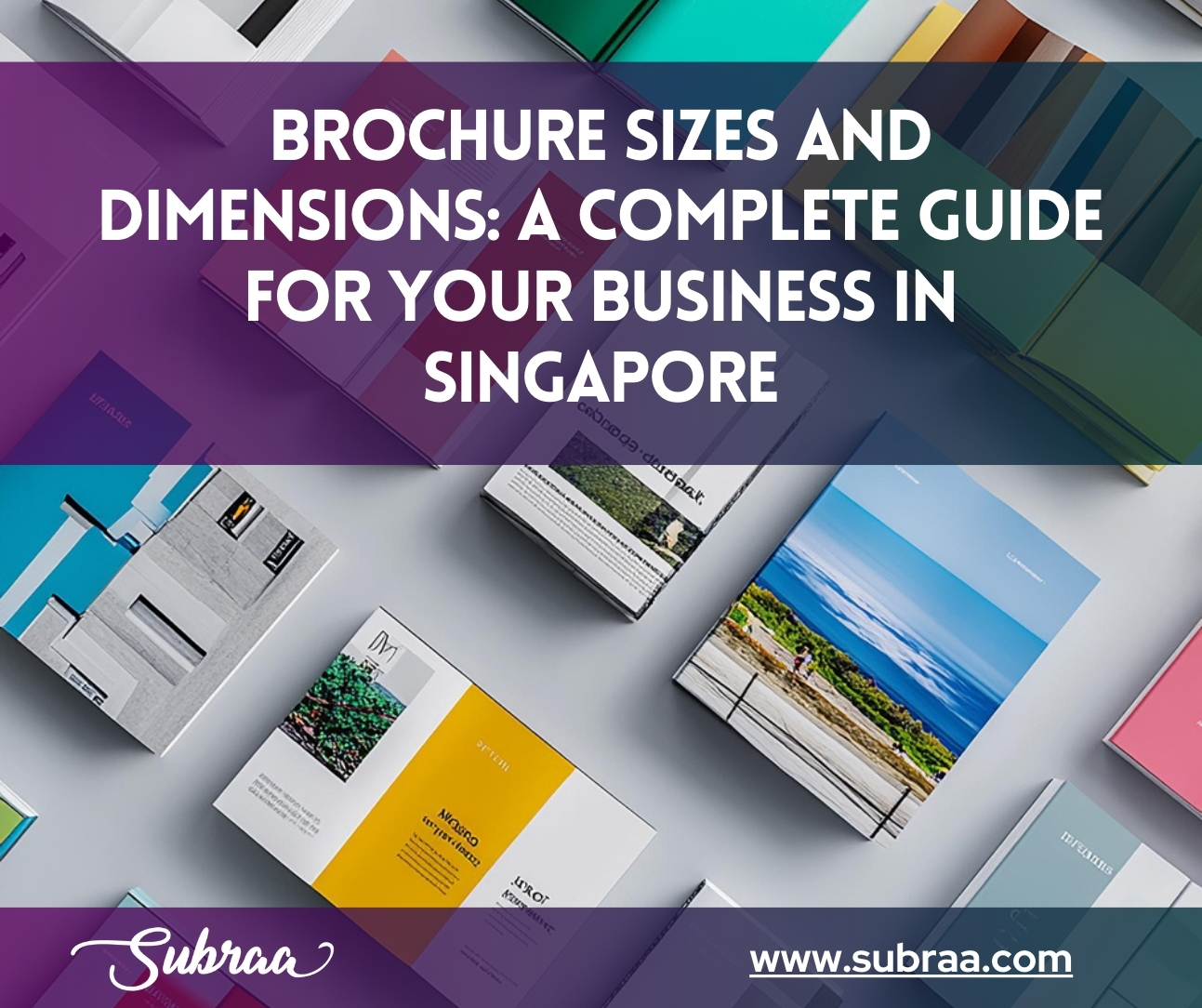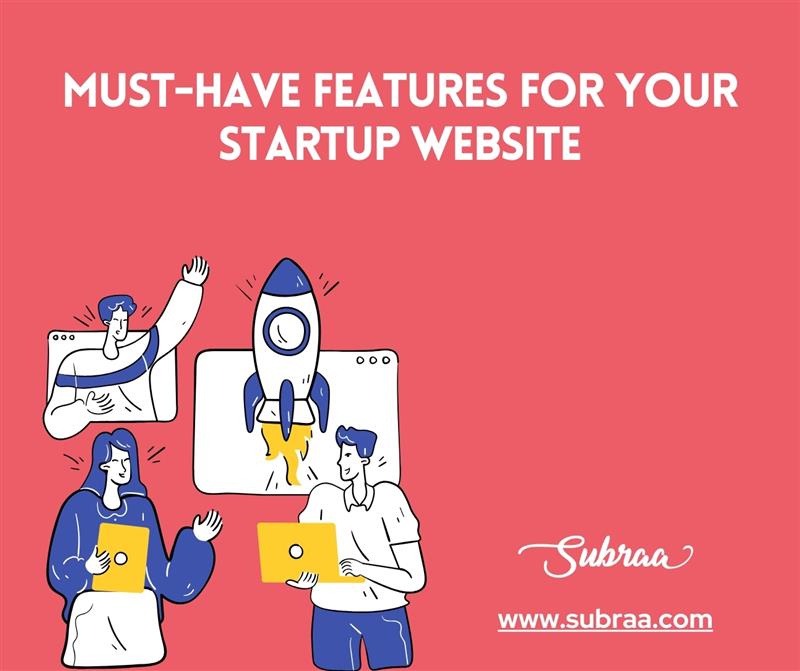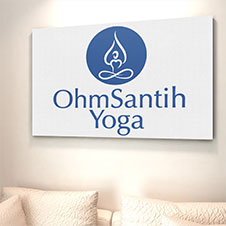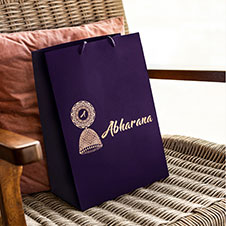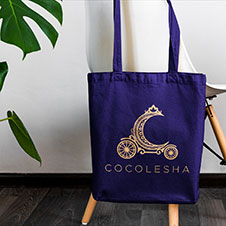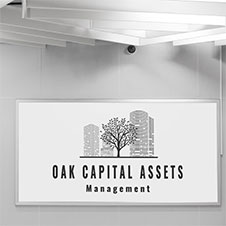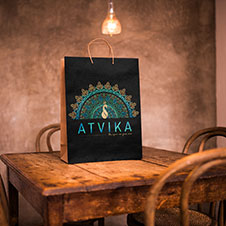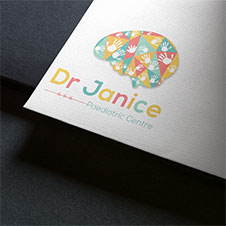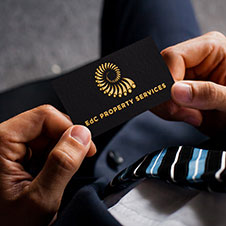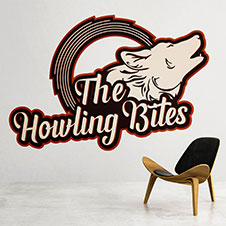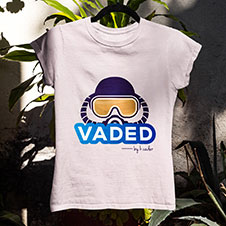Not all websites are created equal and neither are their prices. In this blog, we break down what an affordable website design package in Singapore includes, what you should look for, and why it can be the smartest investment for your business.
Meta Tags, Headings and Link Building – Importance and Essentials
The forthcoming sections is to create awareness of the following topics
- Essentiality of Meta Tags and Myths
- Smart usage of Heading Structures with respect to SEO
- Overview of Link Building an importance
Meta tags
“Under-rated Snippets of text that helps you dominate the Search Engines”
Why Meta Tags?
You are the owner of your Website and it’s your responsibility to guide the Search Engine Crawlers to decide what to do in your Website. The key information required for Search Engine are listed below
- List of Keywords or Keyword phrases relevant to your Website
- What information your Website is about to convey
The best possible location in the Website source code is the “Document Head” and the best technique to convey is through “Meta Tags”. Meta Title and Meta Description are the 2 essential Meta Tags that can do this job.
For instance,
<title>Premier Freelance Web Designer Singapore for Web Design Projects </title>
<meta name=”description” content=”Subraa is an experienced freelance web designer in Singapore best known for designing and developing simple, unique and user-friendly business websites.”/>
Should you notice, the above Meta Title and Description includes business-related keywords complying with constraints. Thus, Search Engine Crawlers when crawling the above tags understands the below information
- Primary keywords to be indexed with are Freelance Web Designer Singapore and Web Design
- Subraa Website is regarding Website design and located in Singapore
Headings structure
“Significant Website element that assist in designing clear layout and highlight key information to Website Visitors and Search Engines”
Why Headings:
Structuring a Webpage is an essential task for a Web Designer and the easiest way to do so is by varying the contents in different hierarchies. Having a top-level heading with the focused Keyword phrase assist the Search Engine to map your Website with the appropriate Keywords and help you dominate the SERP.
For instance,
<h1> Freelance Web Designer and Developer</h1>
<h2>Looking for a professional website from a reliable Web Designer? </h2>
<h3> Experience specialized web design services in Singapore by a skilled and proficient freelancer! </h3>
<h4>I design and develop simple, unique, creative & user-friendly website for your business. </h4>
Should you notice, hierarchy starts from H1 to H6 and these heading structure employs contents related to Business/Services. H1 primarily focuses on the main Keyword and the other lower heading levels concentrates on secondary Keywords and other Keyword phrases.
Website links
“Mandatory Website Element for Search Engines to discover your Website Pages and external connections”
Why Website links?
Initial period when Google started ranking the Websites, links were the primary criteria and as the algorithm progressed, things added up including spicy ingredients to the Ranking factor. More the quality Web links [both internal and External] determines the Website Rank even till date.
As in the case of Meta Tags and Headings, Keywords play a vital role and optimizing these Website links with focused Keywords help you dominate in SERP
The recommended syntax could be
< a href =” Target Location URL” title=” Targeted Keyword”> Targeted Keyword </a>
You Target Keyword could be any one of the following
- Your Name or Business Name
- Your Business Services and Products
It is vital to link your Website with external Websites that are popular and with higher MOZ rating. MOZ rating includes Domain Authority & Page Authority and includes the spam score of the Website. The feasible approach to find the MOZ rating of a Website is by installing the MOZ extension in Web Browsers.
Let’s Discuss few Myths related to above topics!!
Meta Tags:
Being a SEO analyst, it is essential to have basic knowledge on Meta Tags and their related constraints. Major Techniques are available to get to the top position of the SERP and the primary being Meta Tags optimization.
Myth 1:
“Google opted out Meta Tags as a primary technique for SERP enhancement”
This does not filter Meta Tags from the essential process for a SEO analyst. Including Meta Tags by following the basic constraints still provides positive impact towards SEO Promotion.
Myth 2:
“I can flood Meta Tags with Keywords”
Not Recommended! Flooding Meta Tags with targeted Keywords is not a recommended process and can result to a negative impact for SERP.
Myth 3:
“I need not worry about characters count in Meta Tags”
Not Recommended! This is similar to practice mentioned in Myth 2 and is highly not a recommended practice. In specific the below Meta Tags have their character count constraints
| Meta Title | 67 Characters |
| Meta Description | 155 Characters |
Myth 4:
“I can repeat my Meta Keywords in all my Web Pages”
Not Recommended! Every Web page should have their unique Meta Keywords and if repeated, it leads to Page duplication issue. Hence, affecting the SERP and Webpage recognition by Search Engines.
Myth 5:
“Viewport is optional and do not have much importance”
Viewport may not be an essential item for SEO Analysts and Practitioners. However, including the viewport code assist you in making the Website readable in devices and solve the responsive width and zoom issues.
Most important Viewport code:
width=device-width, initial-scale=1, maximum-scale=1
Myth 6:
“Meta Robots is optional and do not have much importance”
Meta Robots is an essential tag to be included in Meta Tags and main purpose is to guide the Search Engine during the Website crawl activity. You may restrict the Search Engines to index the Webpage or follow the available links in the Webpage.
Most Common functions:
FOLLOW, INDEX, NOFOLLOW and NOINDEX
Heading Structures:
Heading Structures assist the Web designers to structure the Website as well as convey the Key message to the Website visitors. For SEO Analysts, it contributes in adding weight to the SEO targeted Keywords and enable you to rank high in SERP.
Myth 1:
“I need not have a H1 Tag or any Heading Tags in my Webpage”
Not Recommended! Including Heading Tags is always essential for any Website and ignoring H1 Tag is not a good coding standard. Should you be hunting for a best place to highlight your keyword, Heading Tags is the best option.
Myth 2:
“I can have Multiple H1 Tags in a single Webpage”
Not Recommended! It is not advised to have multiple H1 Tags in a single Webpage as it is contradictory to W3C Standards. Search Engine crawlers rate this higher and a unique quality H1 Tag with targeted Keywords will boost your SEO ranking.
Myth 3:
“I can flood H1 Tag and other Heading Tags with multiple Keywords”
Not Recommended! Whether be it Meta Tags or Heading Tags, flooding them with your targeted keywords is always not a fair practice as a SEO Analyst and Web Designer. Decline in SERP would be the impact with respect to SEO and Coding errors with respect to W3C Standards.
Myth 4:
“I can use Heading tags in any order and need not follow the hierarchy level”
Not Recommended! Should you be serious about SEO promotion and SERP, it is advised to follow the Hierarchy level. The simple reason being Search Engine Crawlers expect the Heading tags to be in the ascending order [H1 to H6] and H1 being the most weighted Heading Tag
Myth 5:
“I can repeat my targeted Keyword in all my Heading Tags”
Not Recommended! It is understandable that highlighting your targeted keyword is your primary target. However, Over-doing it may hurt your SERP. Every single Heading tags should have unique text included and if keywords need to be included, it shouldn’t be repeated.
Website links:
Best technique to guide the Search Engine Crawlers to discover your Webpages and external links is including unique quality clickable links onto the Webpage. It assists the Web crawlers to travel from one Webpage to the other at ease and help you dominate SERP.
Myth 1:
“I need not include internal links and External Links in my Website”
Not Recommended! Website links are not the optional element in a Website rather they are mandatory. Should you be searching for a place to grab the attention of the Website visitors and generate awareness about other available Webpages, internal links are the best option. Should you hunt for a place to showcase your Website external connections, external links are the best option.
To summarize, both internal links and External links assist in SERP improvement, increase in MOZ ranking and as well as Website Trustworthiness.
Myth 2:
“Including toxic links does not hurt my Website Performance”
Not Recommended! Whether be it Intentional or unintentional – including toxic links always a bitter practice. It is always advisable to include Website related content in the Website links and redirect the link to a Webpage that is non-toxic. A quality Website link can improve your Website standards while toxic links provides a reverse impact.
Myth 3:
“I can flood my Website links with multiple Keywords”
Not Recommended! Flooding any Website element with multiple keywords is always a bitter practice and Website link is not a different case. It creates negative SEO impact and discourage the Website visitors to lose their interest on your Website.
Myth 4:
“I need not fix my Website broken links”
Not Recommended! Its highly important to fix the available broken links in the Website and the negative impact that broken links creates can be worse. The primary concerns being Trustworthiness, SERP decline and reduction in Website Traffic.
Myth 5:
“I need not worry about optimizing my Website links”
Optional but Recommended!! As a SEO Practitioners and Analyst, the key activity is to optimize your Website links with your Targeted Keywords. Be cautious that you do not over-optimize the anchor links.
For instance, to redirect your internal link to your Web Design Portfolio Webpage
Instead using “Read More” you may use “Freelance Web Designer Singapore Portfolio”
Myth 6:
“I need not have an internal link diverting to my Home Page from inner pages”
Optional but Recommended!! More the internal links towards your Webpage, higher the MOZ rank for your Website. Higher the MOZ rank for your Webpage, Greater the rank in SERP. The most optimum way is to optimize your inner page’s internal link with a primary keyword and redirect to the Homepage.
Myth 7:
“Title Attribute is optional and it has no value”
Not True!! Title attribute might be an option for Web Designers however, for a SEO Analyst it becomes a powerful weapon to target higher SERP. Including your Targeted Keyword in Title attribute help the Search Engines to relate your Website with the Targeted Keyword and enhances the possibility to get promoted in SEO Ranking.
For instance,
< a href =” https://www.subraa.com” title=” Freelance WordPress Developer Singapore”>
Myth 8:
“Social Media external links has no value”
Not True!! Having your Website linked with “High Domain Authority (DA) and Page Authority (PA)” Websites increases your MOZ ranking and SERP.
The best possible way is to link your Website with Social Media and popular pages namely Facebook, Twitter, LinkedIn, Pinterest, YouTube, Tumblr and others. These external Websites have High DA & PA and can benefit you gaining good recognition for your Website.
Myth 9:
“Links to External Blog pages has no value”
Depends! Linking to your external blog pages may or may not work in your favor depending on the quality and popularity of your External Blog. External Blogs such as WordPress, LiveJournal, Medium, Quora, Jimdo, Disqus, Hub pages can be an effective option for a Website Owner.
Summary of Myths:
- Meta Tags are as yet an effective option for SEO Analysts
- Never flood your Meta Tags or repeat your Meta Tags in all Webpages
- Never miss to include Meta Viewport and Meta Robot code in your Website
- Never Flood the Heading tags with multiple Keywords
- Follow the Hierarchy level in your Heading structure
- Do not repeat the same keyword in all the Headings of a Webpage
- Avoid Toxic links and never flood the links with multiple Keywords
- Fix the available broken links and optimize the Internal & External links using White Hat SEO technique
- Include link to Home Page from your Inner pages with optimized links
- Never miss the Title attribute in the anchor tag and include your targeted Keyword
- Link to Social Media pages and external Blog pages from your Website


